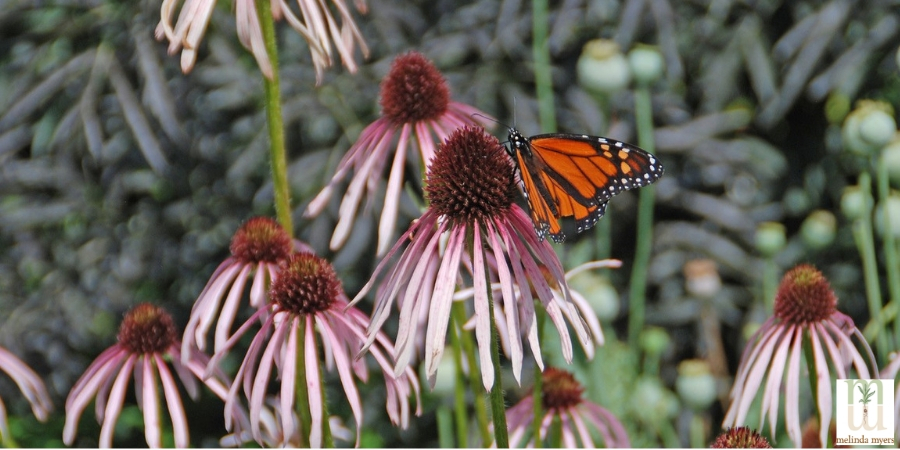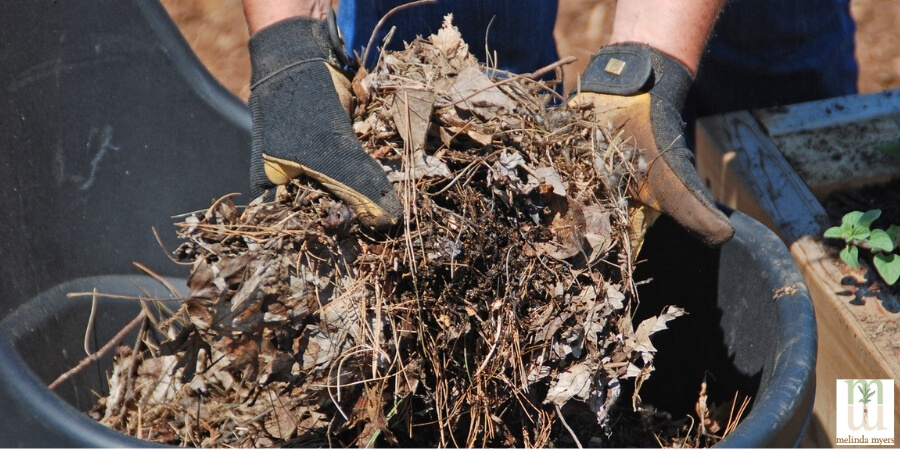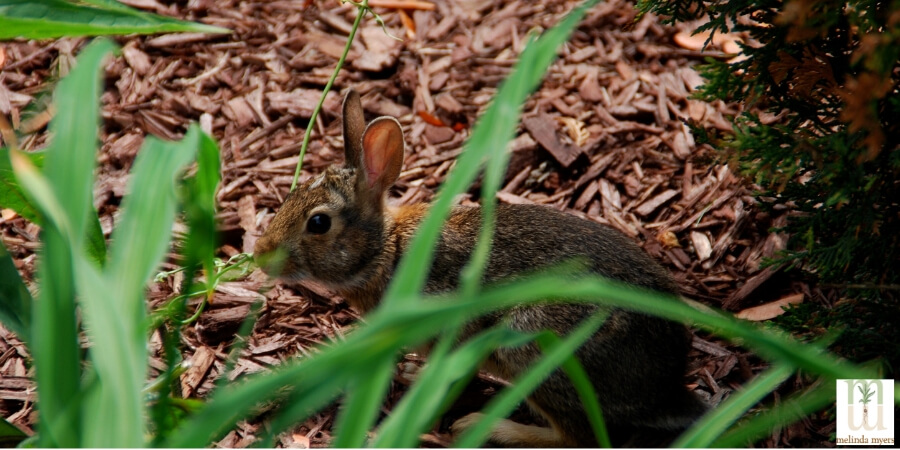Lessons learned from a Hot, Wet, Rabbit filled summer
- horticulturist and gardening expertNovember 24, 2018
Every garden season has its share of challenges. Weather, wildlife, insects, disease, and weeds are recurring issues. But the impact on our gardens ebbs and flows as we encounter extremes in the weather. The 2018 summer growing season was no exception. Here are a few common challenges gardeners across the country seemed to be lamenting. And I shared a few of these when tending my own gardens.

Record High Temperatures
Temperatures soared and records were broken around the world. The hot weather was stressful on plants and the gardeners tending them. Many gave up due to the heat while others struggled to just keep plants alive. Here are a few strategies to help when temperatures soar next year.
Garden in the morning or early evening when temperatures are cooler. Follow the shade whenever possible to avoid the intense heat and sunlight. Further, extend your heat tolerance and protect yourself by drinking plenty of water and wearing sunscreen, a wide-brimmed hat, and sunglasses. A basket of these makes great holiday gifts for your favorite gardener.
Select plants suited to your growing conditions. The American Horticultural Society has developed a heat zone map and rating of plants based on the number of 86 degree and warmer days in an area. Since plants can suffer damage at these temperatures selecting those tolerant of the average number of 86 degree days in your area can help increase your gardening success.
Now I know it is sometimes hard to resist unique and new plants that would prefer a different growing environment than your yard. If this is the case, realize you’ll need to invest more time tending and possibly modifying the surrounding environment to keep these plants alive.
Mulch the soil with shredded leaves, evergreen needles, woodchips or other organic matter. This helps keep the soil and plant roots cooler, conserves moisture, suppresses weeds, prevents erosion and improves the soil as it breaks down. You’ll receive all these benefits from this one landscape task.

Water thoroughly but only when needed. This encourages deeply rooted plants that are more drought tolerant, better able to outcompete the weeds and more resistant to insects and disease.
The biggest irrigation mistake I see is what I call the one drink irrigation method. You arrive home from work, grab your favorite beverage and water the trees, shrubs, flower beds and lawn in the time it takes you to finish your drink. You feel good but you have not helped the plants. Instead, you have encouraged shallow root growth that needs more frequent watering and is more susceptible to drought stress. And no, the answer is not drinking a case full of drinks but rather providing enough water to moisten the root zone of the plants you are tending.
Avoid damaging heat and drought stressed plants by fertilizing with Milorganite. This low nitrogen slow release fertilizer won’t damage plants during hot dry weather. Instead, it stays in the soil until the weather conditions are right for the plants to safely utilize the nutrients.
Too Much Water – Too Often
Many states, cities, and neighborhoods experienced record rainfall this summer. This resulted in everything from waterlogged gardens, diseased plants, flooded basements, and overloaded storm sewers.
Help reduce the risk in the future by amending the soil. Incorporating several inches of organic matter into the top 8 to 12” of soil allows it to absorb more water while maintaining drainage. That means you will be watering less while reducing the risk of waterlogged garden soils, flooding and sewer backups.
Using fertilizers with a high percent of organic matter is another way to improve the soil. The 85% organic matter in Milorganite improves the soil and feeds the soil microorganisms as well as the plants.
Include native plants in your landscape whenever possible. Their deep roots create channels for rainwater to travel from the soil surface to the groundwater. You’ll also enjoy all the birds, butterflies and beneficial insects these plants attract to your landscape.
Plant trees and shrubs to help keep water where it falls and reduce flooding on your property and in your community. Trees capture water in their leafy canopy, absorb water from the ground and slow the speed of rainfall before it reaches the ground. This helps prevent erosion and increases the amount of rainfall that enters the ground.
Rabbits Galore
Hungry animals are always a threat to the garden and landscape. Rabbits seemed to top the list of complaints from gardeners across the country. And if wildlife was a problem in your garden this summer they are likely to be an issue in the winter when food is scarce.

- Fencing is the best, although not always practical, way to prevent rabbit and other wildlife damage. Install a 4 to 5-foot-high fence around small planting beds to keep out rabbits and this is usually sufficient to keep out deer that seem to avoid small confined spaces. Sink the bottom few inches of fencing into the soil to keep out hungry voles.
- Or surround young trees and shrubs with a cylinder of hardware cloth sunk several inches in the ground and at least four feet high. This will protect plants from voles, rabbits, and deer. Monitor throughout the winter to make sure the fencing is secure and fallen snow does not provide easy access for rabbits.
- Scare tactics are less effective on wildlife in urban environments. These critters are used to human scents and sounds. Lights and sounds triggered by motion sensors tend to be more effective.
- Repellents that make plants taste or smell bad to animals can also help. You will find products containing things like garlic, hot pepper oil, and predator urine. Many gardeners tell me they use Milorganite to repel deer and have great success. Whatever you use, apply it before the animals start feeding for the best results. And reapply as directed on the label.
- Constantly monitor and evaluate the effectiveness of the methods you choose. Wildlife often change dining locations and their preferred food. And if the populations are high and the animals are hungry, they will eat just about anything. Be willing to change things up if one method is not working and use multiple tactics to help increase your level of success.
No matter the challenges you faced in 2018 as a gardener you know, there is always next year. So plan on making needed adjustments in your plant selection, soil preparation and landscape care next season to increase your gardening success no matter what nature has in store.

